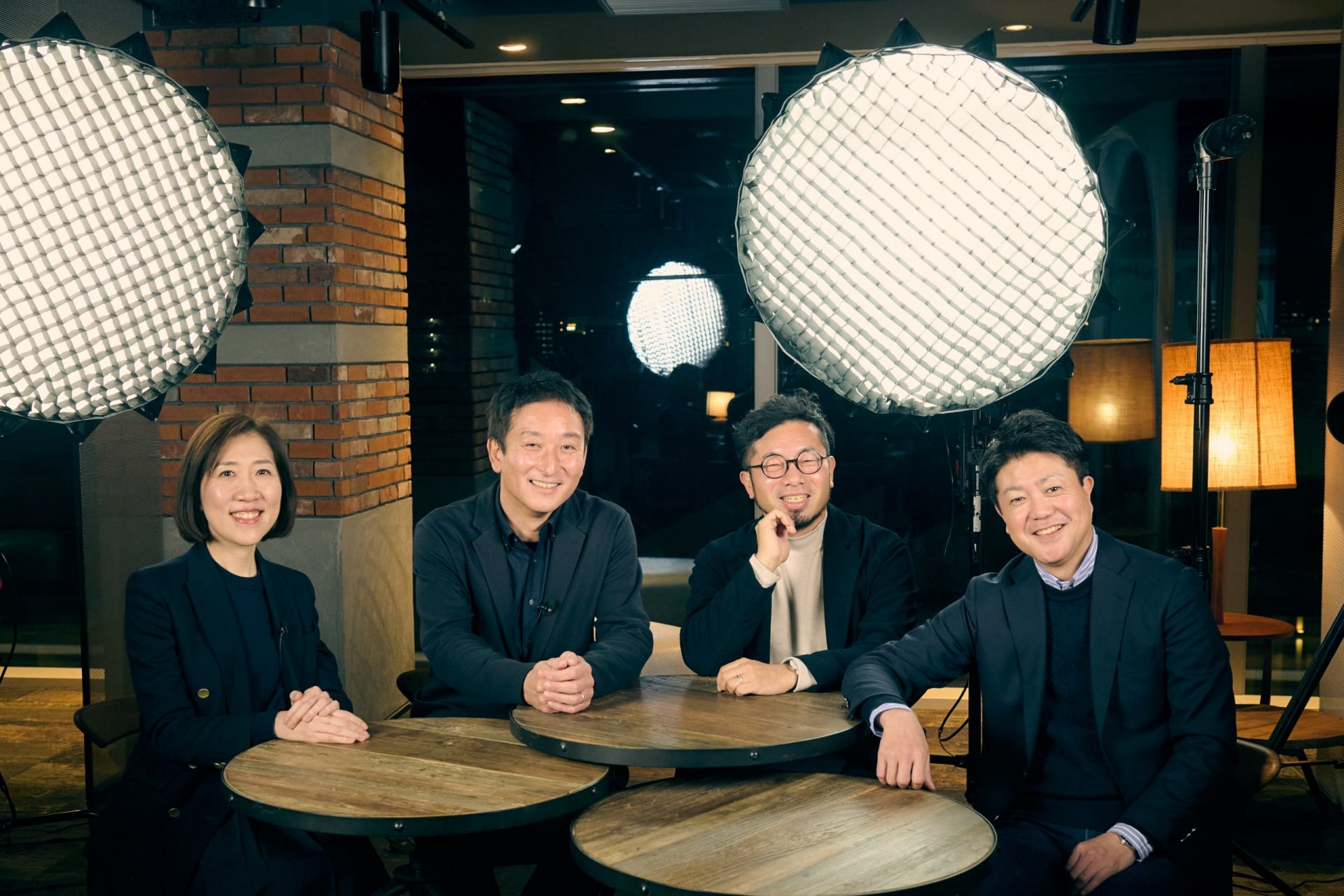At Nissha, we have been exploring the concept of surfaces to deliver a seamless physical and psychological experience, proposing comfortable interfaces that combine sophisticated aesthetic expression and functionality.
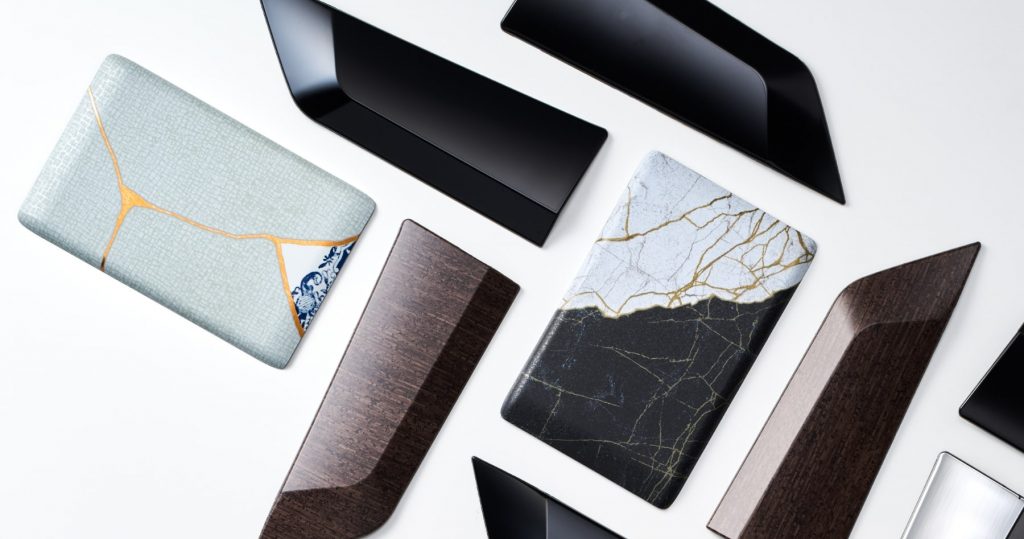
In recent years, there has been a growing demand to shift towards a “circular economy,” which aims to maximize the value of resources and products while minimizing resource consumption and waste generation in order to realize a carbon-neutral society. In the field of CMF design (*1), we engage in daily discussions on how to balance the beauty and usability of products with a sustainable future.
Initiatives Utilizing Recycled Resin
(*1) What is CMF Design?
CMF design is a design method that considers “Color, Material, and Finish” to enhance aesthetic expression and functionality.
As the needs of society become more complex and awareness of sustainability rises globally, what kind of future will manufacturing that enriches our lives and society head towards? This article presents the cross-talk held in December 2024 with Mr. Katsuji Kanamaru, General Manager of the Color & Sensory Design Div., Vehicle Development Center,
TOYOTA MOTOR Co. (hereinafter referred to as Toyota).
Talk Member Profiles
・Katsuji Kanamaru: General Manager, Color & Sensory Design Div., Vehicle Development Center, TOYOTA MOTOR Co.
・Kumiko Yoshikawa: Senior Manager, Business Strategy Department, and Senior Manager, Sustainability Initiative, Industrial Materials Business Unit, Nissha Co., Ltd.
・Makoto Nomura: Director, Marketing Department, and Senior Manager, Design & CMF Group, Industrial Materials Business Unit
・Masaki Taniguchi: Director, Sales and Customer Relationship Management, Industrial Materials Business Unit
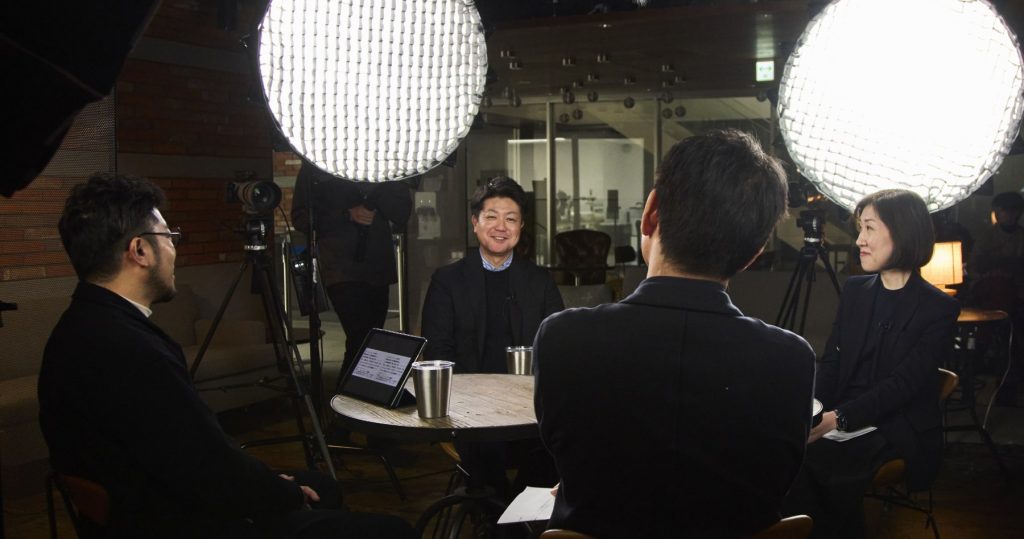
As Manufacturing Companies Walking Together
(*2) What is the C-segment?
Cars with a body length of approximately 4.2m to 4.5m, classified as Small family cars/Compact cars.
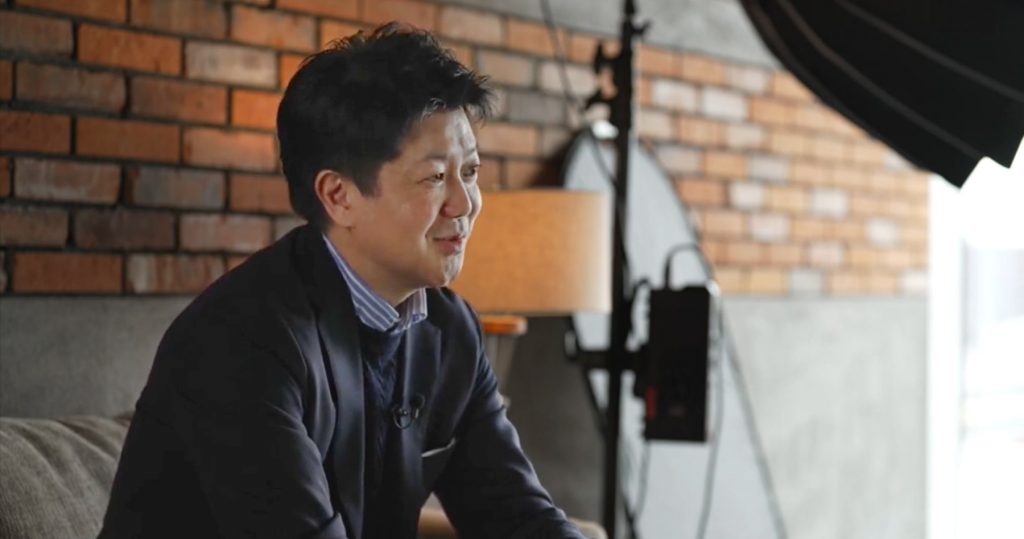
Kanamaru: I wanted to achieve a luxurious and calm texture, but since it was a three-dimensional shape, I consulted with Mr. Taniguchi on how to bring out beautiful shadows, and we repeatedly made prototypes. Mr. Taniguchi accompanied us, saying, “We want to make it happen somehow,” and I still remember the joy of finally achieving what we aimed for. It was a project where I realized that good manufacturing cannot be achieved without sharing thoughts with suppliers, so that encounter is truly unforgettable.
Taniguchi: I believe that fulfilling the client’s intentions is in our company’s DNA. Our manufacturing involves thinking together with the customer about how to realize their vision.
Nomura: We have received consultations on aesthetic expressions for various car models from your company.
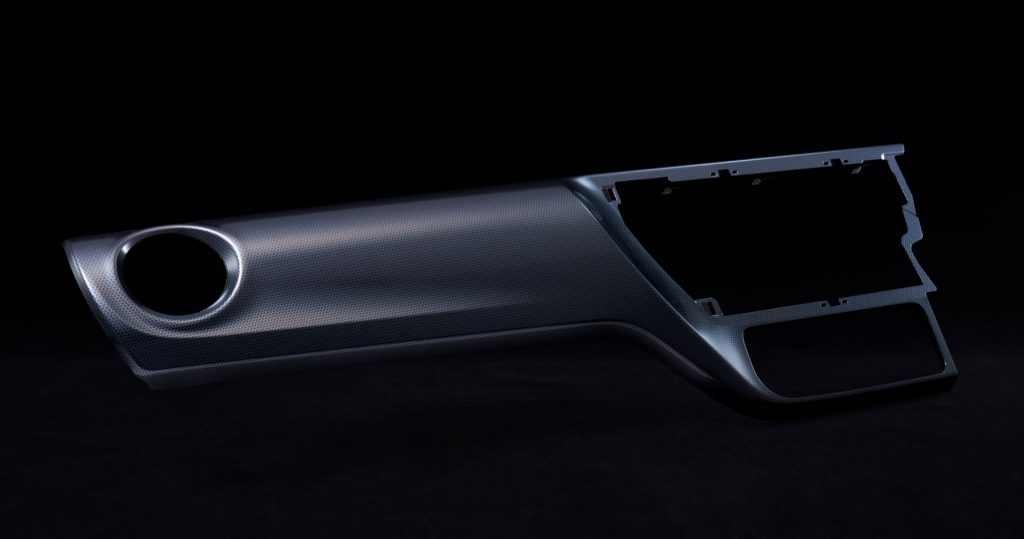
Nomura: During our collaboration on “SurfaceWorks -Doors-,” I was interested in the rich variety of your car manufacturing, and I felt your commitment to responding to diverse societal needs. At the same time, you value the concept of “Genchi Genbutsu (*3)” to realize these needs. Even in today’s highly developed internet age, you insist on seeing the actual product and talking face-to-face rather than online. The enthusiasm of your designers naturally spreads to us, igniting our spirit of challenge.
(*3) What is Genchi Genbutsu?
A philosophy advocated by Toyota, meaning “go and see for yourself” to understand the situation and make quick decisions and actions. It originated from the thoughts of the founder, Kiichiro Toyoda, and has been passed down through generations.
Yoshikawa: I have also introduced samples to your company and realized the high level of requirements. Meeting those expectations was not easy, but working together provided an opportunity to reassess the value that Nissha’s manufacturing can offer. The experience of that process later became a source of confidence.
Kanamaru: I’m sure we may have caused some inconvenience, but there are many products that could not have been realized without your company. The foundation for better manufacturing is ultimately human relationships. Connections with companies, society, and individuals are all important. I believe that this mindset has allowed us to elevate the automotive industry while competing and collaborating with those who share our values.
How Can Sustainability and Sensory Value Coexist?
Taniguchi: Compared to when we first met, society and the environment have changed significantly. Did you imagine a future where “automobiles” would be redefined in such a way back then?
Kanamaru: I did not. While technological evolution is easy to imagine, predicting social changes is very difficult. Factors influencing people’s lives and values, such as national policies, the economy, and the rise of social media, have increased. Considering all these aspects to think about the next 10 years is challenging, but that’s why sensory design is needed. It is important for us living in the present to seek the next value beyond what we currently offer and to accumulate assets for thinking.
Yoshikawa: In recent years, the perspective of sustainability has been demanded across industries. As a provider of products, we get a glimpse of the manufacturing envisioned 10 years ahead through the client’s filter. Society aims for carbon neutrality by 2050, and companies need to consider various approaches to achieve that goal. However, the perception and strategy of sustainability differ depending on the industry and business content.
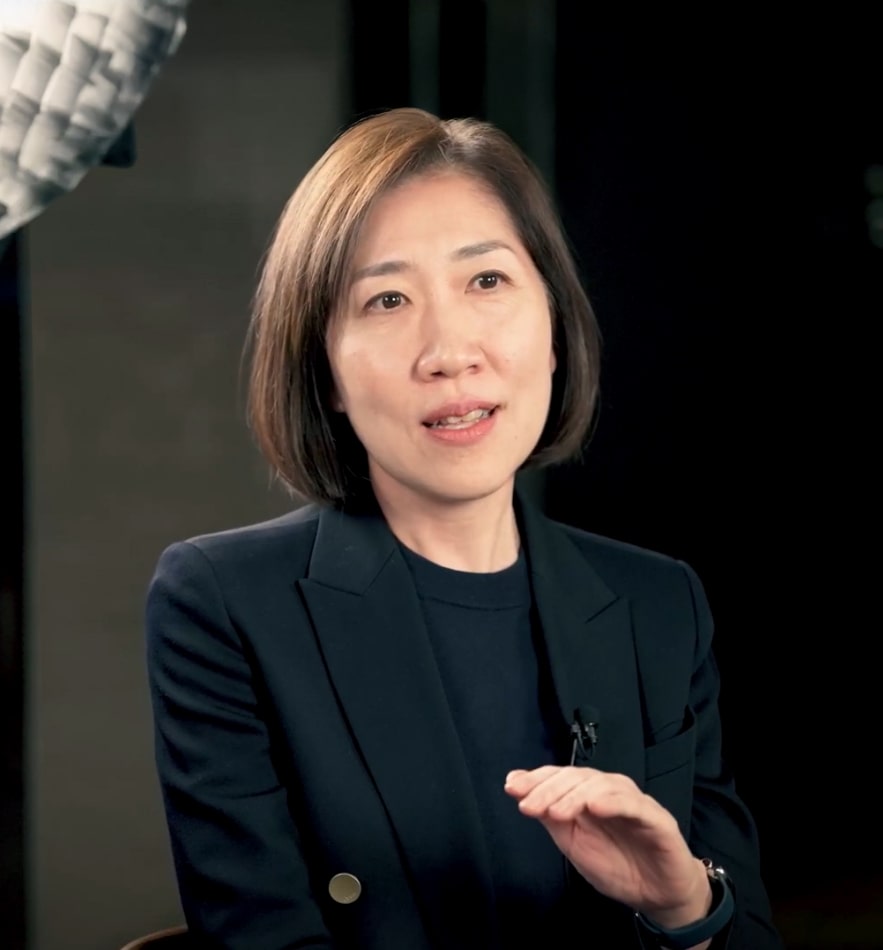
Kumiko Yoshikawa, Senior Manager, Business Strategy Department, and Senior Manager, Sustainability Initiative, Industrial Materials Business Unit, Nissha Co., Ltd.

Masaki Taniguchi, Director, Sales and Customer Relationship Management, Industrial Materials Business Unit
Kanamaru: Sustainability is one of the global missions of our company. When focusing on manufacturing, it is necessary not only to set goals for each department, such as selecting materials and reducing CO2 emissions in the manufacturing process, but also to empathize and face these goals together with everyone at Toyota Motor Corporation. On the other hand, if we create products that are only superficially sustainable, it becomes difficult to see how they benefit customers and the environment. Therefore, before communicating externally, we need to spread empathy within the company.
Nomura: Our company is developing products based on “monomaterial” that are easy to recycle. Until now, we have strengthened various materials to achieve the aesthetic, functional, and safety values required by SurfaceWorks, so we feel the hurdle to monomaterialization. However, if we can realize it and add new appeal to manufacturing, it will be an evolution for the company. A fashion brand used 100% plant-derived nylon material, resulting in a product price about twice as high. They are making products with the desire to create a new standard, even if it means doubling the product price. While valuing the feedback from end-users, I think it also reflects the company’s approach to manufacturing.
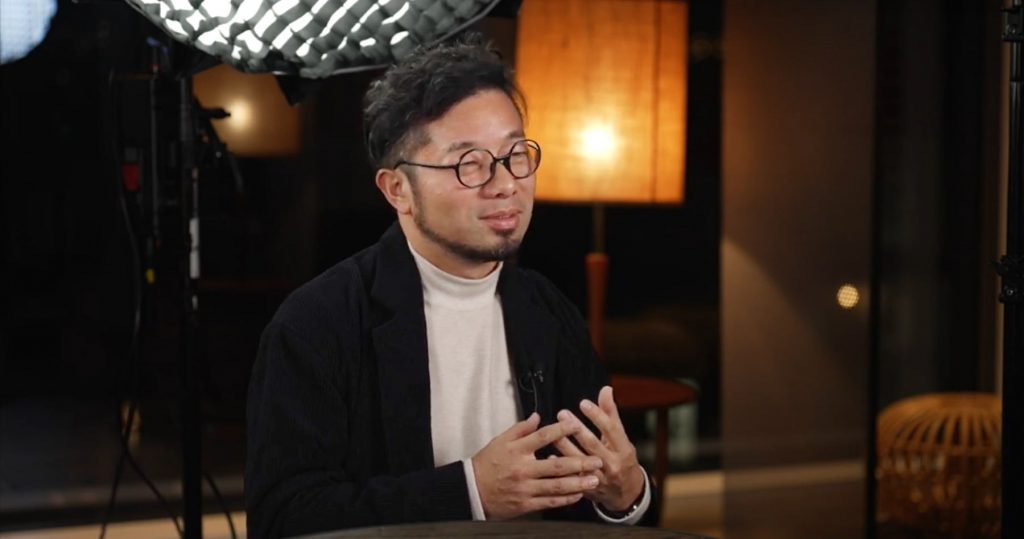
Kanamaru: If customers, as end-users, experience double the joy and more smiles by purchasing the product, it is worth pursuing. Personally, I often replace “sustainability” with “well-being.” I want to create positive joy that contributes to sustainability after customers feel the good texture by touching it. I believe that technology will continue to evolve, but even in such a future, I want to realize designs that people can feel attached to. Valuing that thoroughly is connected to thinking about the ultimate mobility for me.
Yoshikawa: While maintaining the value we have provided so far, I want to consider selecting materials that are easier to reuse and recycle. While working on creating beautiful and comfortable products, I also want to think about sustainability and how to design manufacturing with various materials and processes. I would be happy if we could create sustainable solutions together.
Taniguchi: By working together with your company, we have created products and methods that can be called “Nissha firsts.” Utilizing the trust we have built so far, I want to engage in manufacturing that we can be proud of in the future. Usually, we receive concepts thought out by clients and propose products based on our experience and technology, but the time spent thinking about future manufacturing together, like in the “SurfaceWorks -Doors-” event, is a significant asset. Thank you for your valuable time today.
If you are interested in collaboration projects or business partnerships with Nissha, please feel free to contact us.


